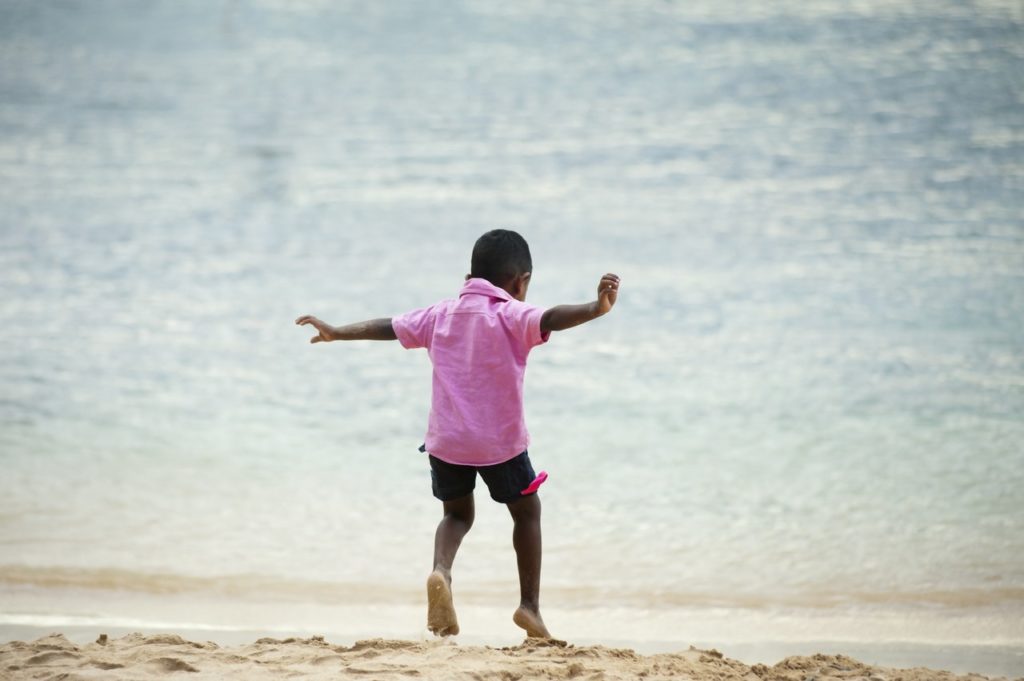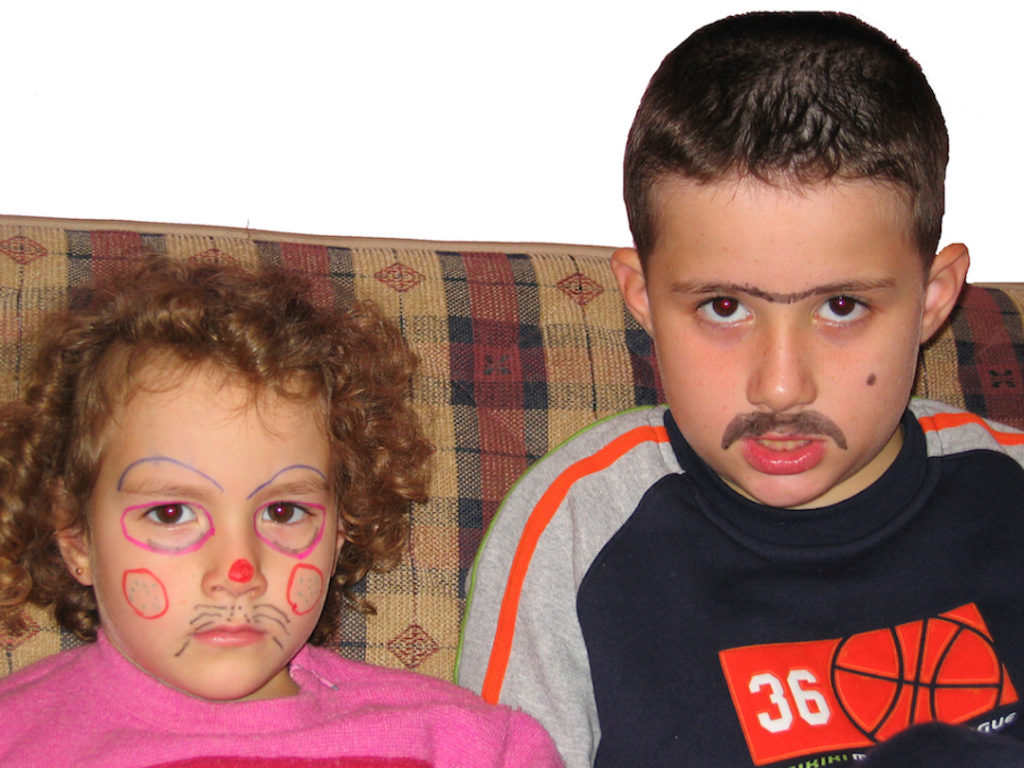
Runaway Toddler: When Children Bolt
Glynn Washington, host of Snap Judgment, tells a compelling story about a time when his young son took off during a Chinese New Year celebration. Washington feared the worst and nearly soiled himself searching frantically. Luckily, he found his little absconder before a change of underwear was necessary. After learning that his child had split to avoid the giant, writhing dragon in the parade, Washington came up with a brilliant, trickster response: “Next time you run from the dragon, take me with you!”
Why, Little Bunny? Why?
Washington’s son had a clear motivation for running: He was scared. But there are many other potential motivators for such behavior. From a developmental perspective, skedaddling can be understood as a normal difficulty with transitions, an expression of independence, or a lack of awareness of danger. Thinking psychologically, we might regard a child’s running away as an act of defiance, a vulnerability to fantastical interpretations of reality, or even an invitation for further play with the parent (i.e., “Catch me if you can!”).
"Similar to Little Bunny, toddlers and preschoolers are often communicating something important when they run away."
In The Runaway Bunny, Mother Bunny tirelessly pursues her fleeing and obstinate child only to welcome him back into her arms as the story ends. Similar to Little Bunny, toddlers and preschoolers are often communicating important information when they run away. It might be something like, “I need you to pursue me to feel your love,” “I need to know that you’ll be there for me when I’m in danger,” or “I need to know you’ll still love me even when I think or do bad things.” If the child’s emotional development has been threatened or damaged by trauma, loss, or neglect, running away may have an even more primitive meaning like, “I need to know that you still exist when I go away, and when you catch me I remember that you are still there.”
From here we can see that the flight may not be about defiance or manipulation, as many parents suspect. In fact, it may represent a child’s expression of his ever-present need to make a physical and emotional connection. Still, it can be frustrating and worrisome to have to run sprints every time you leave the park.
Want More Help with Your Child?
Enroll Now in a Free Online Course on Parenting Tough Toddlers!
Learning from Mother Bunny
Let’s turn to Mother Bunny’s response, which also can be read in multiple ways. On the surface we see that her steadfast and creative pursuit of her bunny wins the day. She seems benevolent and wise. But we might also imbue the mother with some frustration. Many if not most parents could identify with both the desire to save the child/bunny and the anger that he’s fleeing in the first place. We could sum up the dual feelings like this: “Yes, of course I still love you and will be there for you...you little turd!” Often, though, the loving part gets left out, at least initially. Think of the child who runs away in the grocery store. It’s so scary for parents that, when they do find the child, what comes out is anger: “What were you thinking? Never do that to me again!” This reaction is understandable and may even be enough to change a child’s behavior for a period of time. But it doesn’t address the sometimes odd thinking that is part-and-parcel of being a toddler. They just get scared really easily, and--you can thank Darwin for this one--sometimes the best split-second reaction they can muster is to get the heck out of there.
“Yes, of course I still love you and will be there for you...you little turd!”
So let’s look at some alternatives. Washington’s handling of his child could be just what the doctor ordered because it’s directed at keeping his little one safe AND keeping him with his parent. I might modify his response a little, though, and say something like: “Next time you run from a dragon, run to me!” The difference is slight, but I prefer to remind the child that I am his protector.
You can modify your strategy based on what you think your child’s motivation is. If the child bolts because she just wants to play more, then a simple correction (“It’s not safe when you run away from me”) and redirection (“Hold my hand while we run together”) often suffice, although you will likely need to do this many times. If you feel that your child is testing you to find out how safe he is, be sure that you are doing things in the background to help him feel secure.
No doubt it can be tough to figure out the exact reason for the escape, but it helps to keep in mind one of the axioms of early childhood: Kids use their bodies to express their thoughts and feelings. Parents can teach their children to be safe by translating their movements into words: “I know you love it when I chase you and grab you. Let’s play chase when we get home,” or “Maybe you’re running because you’re mad that we have to leave the park now, but you have to stay close to me because I don’t want those cars to hit you.” Although the repetitions needed are often voluminous, especially when the child’s language is limited, parents can, indeed, reassure their little bunnies and show them better ways of quelling their fears.


